Inspection Process for Fasteners
1.Receiving Inspection
- Verify incoming shipment against purchase order.
- Check for correct quantity and part numbers.
- Inspect packaging for any damage.
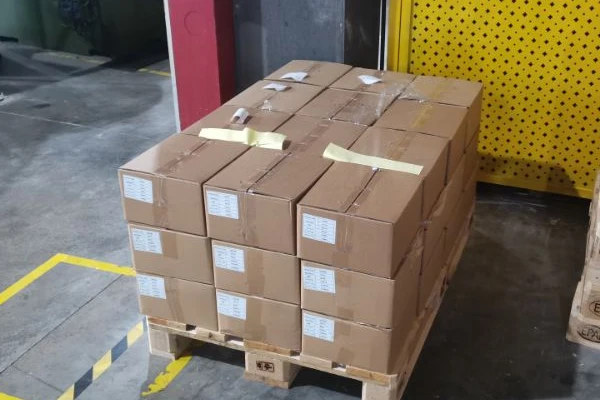
2.Visual Inspection
- Examine fasteners for surface defects, such as cracks, burrs, or scratches.
- Ensure proper plating or coating without any irregularities.

3. Material Analysis
- Conduct material analysis using techniques like spectroscopy or hardness testing.
- Verify material composition and mechanical properties against standards.
-
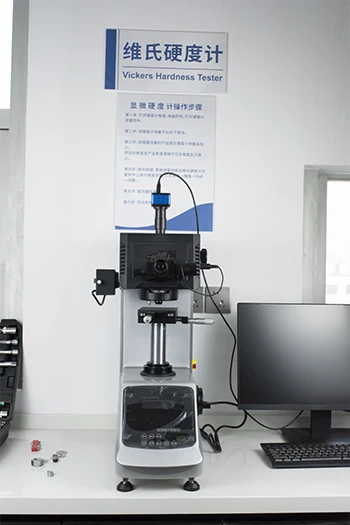
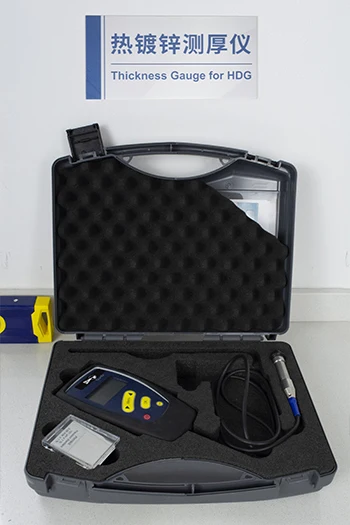
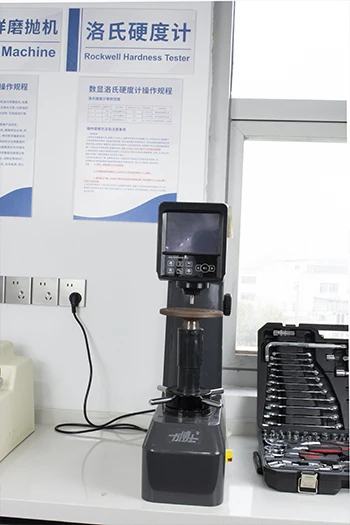
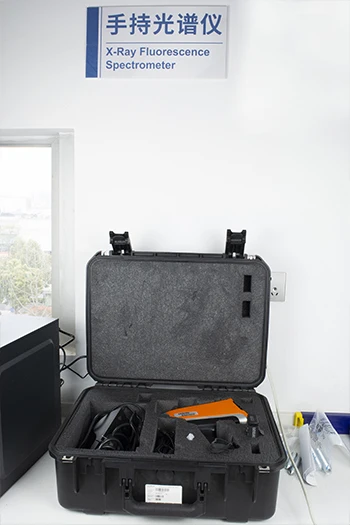
4.Functional Testing
- Test functionality of fasteners by applying appropriate torque or tension.
- Ensure fasteners meet specified performance criteria under load conditions.
 |
 |
5.Thread Inspection
- Check thread pitch, depth, and profile using thread gauges.
- Ensure threads meet specified tolerances for proper engagement.
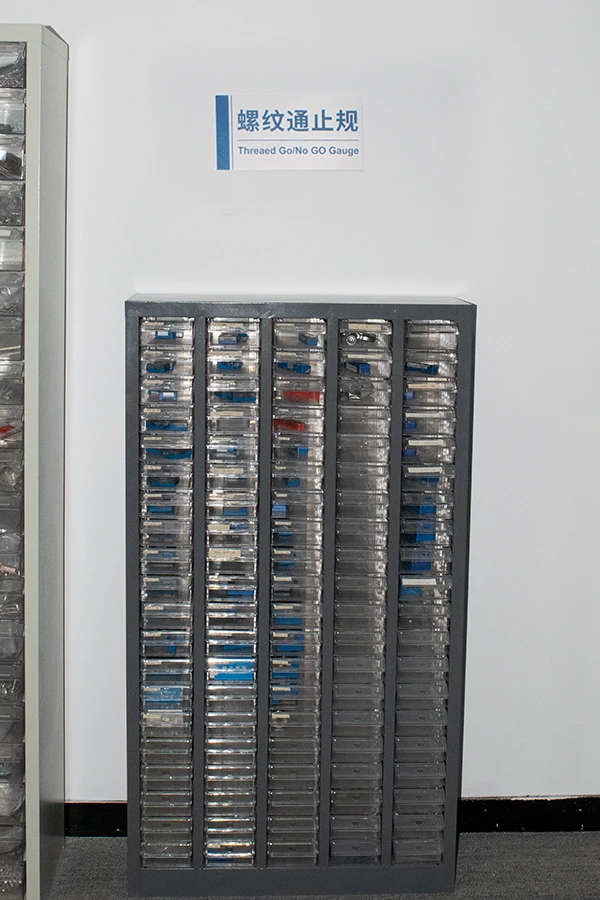
6.Dimensional Inspection
- Measure overall length, diameter, and other critical dimensions.
- Compare measurements against engineering drawings or specifications.
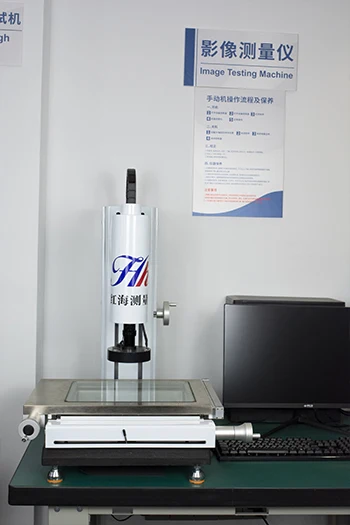
7.Salt Spray Chamber
Corrosion Resistance Testing: It is used to evaluate the corrosion resistance performance of materials or coatings by simulating salt spray environments, assessing the durability and stability of products under harsh conditions.
8.Final Inspection:
- Perform a final visual and functional inspection before release.
- Ensure all previous inspection criteria have been met satisfactorily.






